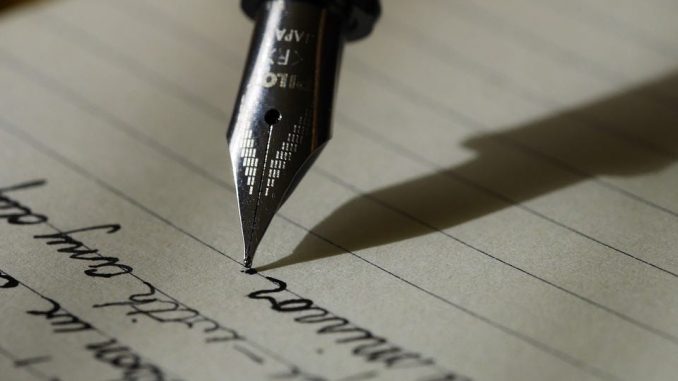
Which lesson(s) do you find the least important? Chinese, Physics, or Music? According to the recent survey carried out by the Sports Club, many students in our school do not take physical education (PE) lessons seriously. They either do nothing but sit down and take a rest during the period, or skip the class directly to do revision in the library. Why don’t they enjoy PE lessons? Is it wise to spend the lesson time doing other things rather than exercising? As the chairperson of the Sports Club, I would like to look into the issue and share with you my own opinion.
Students have countless reasons to treat PE lessons as an inferior subject. Some claim that physical education is not an academic subject and carries no examination value. Whether they do sports or not during the lesson has nothing to do with their study. Therefore, we often see students, especially those senior ones, escaping from the PE teacher and sneaking to the library for revision. I understand that higher form students, facing the upcoming public examination, are weighed down by the unrelenting stress from endless quizzes and homework. It is plausible to make good use of one’s time to study and revise. Yet, it doesn’t mean skipping PE lessons for revision is worthwhile. One cannot concentrate on studying all day long without a break. Everyone needs relaxation, particularly those who have used their mind too much in solving an equation or so. In fact, our students already have enough exercise for the brain during class. It is our body which needs more exercise. By stretching the limbs we can refresh ourselves. Indeed, it’s a far better way to keep us alert (or awake) than a cup of coffee.
While the senior students find PE lessons meaningless, junior students think they are boring. Some S1 students told me that they consider the one-hour period as drudgery because the teacher only teaches the skills they have mastered long long time ago in primary school. Monotonous basic practice makes them blue. Since the teacher never allows them to play sports on their own, what they can only do is to hope the school bell rings earlier. This situation is quite sobering, as it implies that the curriculum does not suit the students’ needs. Perhaps the school should review their policies for physical education in order to optimize the class benefits.
In the light of the current situation, the Sports Club would like to offer a few possible solutions to promote sports at school. Redesigning the course structure of PE lessons is of foremost important. Since our students come from different primary schools, they had different past experiences in sports when they first entered our school. In order to cater for the needs of every student, PE lessons should be made more flexible. For example, when teaching basketball skills, the more capable students should be allowed to practice on their own in designated areas where the teacher can see them (so he needs not worry about the safety problem). Meanwhile, novice students can practice basic dribbling and shooting skills under the instruction of the teacher.
In order to encourage our students to do more exercise, a Sports Week could be held to raise students’ awareness. Teachers can teach students simple stretching exercise or aerobics so they can exercise when they become sleepy after a long period of revision. New sports can be introduced to the school to arouse students’ interest in sports. Furthermore, famous athletes could be invited to give inspiring talks to students so as to motivate them to do mores sports.
After all, we have too many excuses to avoid PE lessons. Yet our brains exercise too much at school but our limbs need far more activities. It is high time we switched to a healthier living style by doing more sports.

